The name of Mahsa Amini, the 22-year-old Iranian woman who died in police custody on September 16 after being arrested for improperly wearing the veil, might have silently joined the long list of victims of repression in Iran if millions of people — three, just in the four days after his death — would not have responded to a social media campaign with a request: “Say his name.”
But those same protests, the largest that have been experienced in Iran in recent years, have been the grave of other women who took to the streets to claim their freedom.
At least 154 people have died at the hands of the security forces, according to data from the NGO Iran Human Rights, and many are women, who have become icons of brutality.
These are the stories of four of them, whose names were added to Mahsa's these days.
Nika Shahkarami
Teenager Nika Shahkarami's trail was lost on September 20, when she took to the streets to take part in protests over the death of Mahsa Amini and burn her veil.
In the last call she made before disappearing on the way to her house, the young Ella told a friend that security forces were following her, explained her aunt, Atash Shahkarami, to the Persian service of the BBC.
Afterwards, she followed an ordeal of silence for the family that lasted 10 days, the time it took her loved ones to find her body in the morgue of a Tehran detention center.
Her parents could only see her face for a few seconds;
the rest of her body was covered, the parent said.
According to the Iranian activist in the United States Masih Alinejad, on September 30 the authorities finally handed over the remains of the young woman to the family,
Teenager Nika Shahkarami in an image from the video that went viral after her death.
The Shahkarami family later moved her remains to her father's village of Khorramabad in western Iran, with the intention of burying her on Sunday, the same day she would have turned 17.
Although the family agreed not to hold a funeral, a source quoted by the BBC has denounced that the security forces stole her body and buried it in another town to avoid further protests during the burial.
A video of this teenager with a charismatic image in a country that forces women to wear uniforms with dungarees and dark scarves has gone viral.
In it, to the laughter of her friends, Nika sings and dances to a love song by
Soltane Ghalbha
, a famous Iranian film from 1968. According to the source quoted by the BBC, Atash Shahkarami is detained for having alluded to the death of her niece on her social networks.
Islamic Republic of Iran killed her in the protest over the murder of #MahsaAmini.#NikaShakarami 17, vanished during the protest.
After a week, security forces delivered her dead body de ella with her nose fully smashed & her skull broken from multiple
blows.
– Masih Alinejad 🏳️ (@AlinejadMasih) October 4, 2022
Hadis Najafi
“I hope that in a few years, when I look back, I will be happy that everything has changed for the better.”
Hadis Najafi, the 22-year-old Iranian who uttered that phrase in a video that she filmed with her cell phone on September 21 in Karak, a suburb of Tehran, will not have the opportunity to verify it.
An hour after recording those images, security forces shot him several times, according to Amnesty International.
They did it with a rifle loaded with pellets, but at close range, causing fatal injuries to his face, neck and chest.
Najafi's sister showed in a video the blood-soaked backpack the young woman was carrying when she was shot.
Her mother stated: “My daughter was killed because of the hijab [veil].
She lost her life for Mahsa.
She wanted to keep Mahsa's name alive."
The family of this victim has also denounced that the authorities retained her body for several days.
The young Hadis Najafi, 22, was shot dead by the security forces on September 21.
Minoo Majidi
Like the two previous women, Minoo Majidi was not an opponent, but an ordinary Iranian.
This 62-year-old mother of three children was killed on September 20, also shot by security forces, in Kermanshah, a Kurdish town in northwestern Iran, according to the human rights organization Hengaw.
Minoo Majidi, 62, in a family photo.
One of her daughters was photographed in front of the woman's grave, on which her image rested in a bed of flowers.
The young woman posed in deep mourning, but with a white handkerchief around her neck, with her head, which she had shaved, uncovered, and with the hair that had been cut in her left hand.
That desolate image;
The serious but proud face of the young woman has become another symbol of the pain of the Iranian people.
In that country, cutting your hair is a manifestation of mourning for the death of a loved one, but also a form of protest.
Iconic image of the daughter of Minoo Majidi, the women who was shot dead in protests in Kermanshah last week, standing at her mom's grave with her own hair in hand.
Iranian women have been cutting their hair as a sign of grief and resistance.
#MahsaAmini
(Via @FarahmandAlipur) pic.twitter.com/BAndLJavxO
– Negar Mortazavi نگار مرتضوی (@NegarMortazavi) September 30, 2022
Niloofar Hamedi
Niloofar Hamedi is an Iranian journalist, with the semi-reformist daily
Shargh Daily,
who was investigating the role of the morality police in the country's society.
On September 16, she managed to enter the Kasra hospital in Tehran, where a woman who had been detained by that police force three days earlier for wearing her veil incorrectly had just died.
She was Mahsa Amini.
The journalist tweeted that same day a photograph of the young woman's parents broken in pain and melted into a hug after learning of her death.
That image triggered popular outrage that has sent many Iranians into the streets.
Niloofar Hamedi, in a football stadium.
Six days later, the police arrested the journalist at her home, searched her home and confiscated her belongings.
Since September 22, she has been in solitary confinement in Tehran's Evin prison.
According to a tweet from her lawyer, Mohammad Ali Kamfirouzi, she has not been informed of the charges against her.
صبح امروز ماموران امنیتی با یورش به منزل موکلم #نیلوفر_حامدی ، روزنامه شرق ، او دستگیر و منزلش را تفتیش و وسایلش را توقیف کردند.
هرگونه خبری مورد مورد #نیلوفر_حامدی از طریق یا همسرش محمدحسین آجرلو منتشر میشود.@Mohamadhosein_2 pic.twitter.com/gfelxbnzpu
— محمدعلی کامفیروزی (@Kamfirouzi) September 22, 2022
Follow all the international information on
and
, or in
our weekly newsletter
.
Subscribe to continue reading
read without limits
Keep reading
I'm already a subscriber


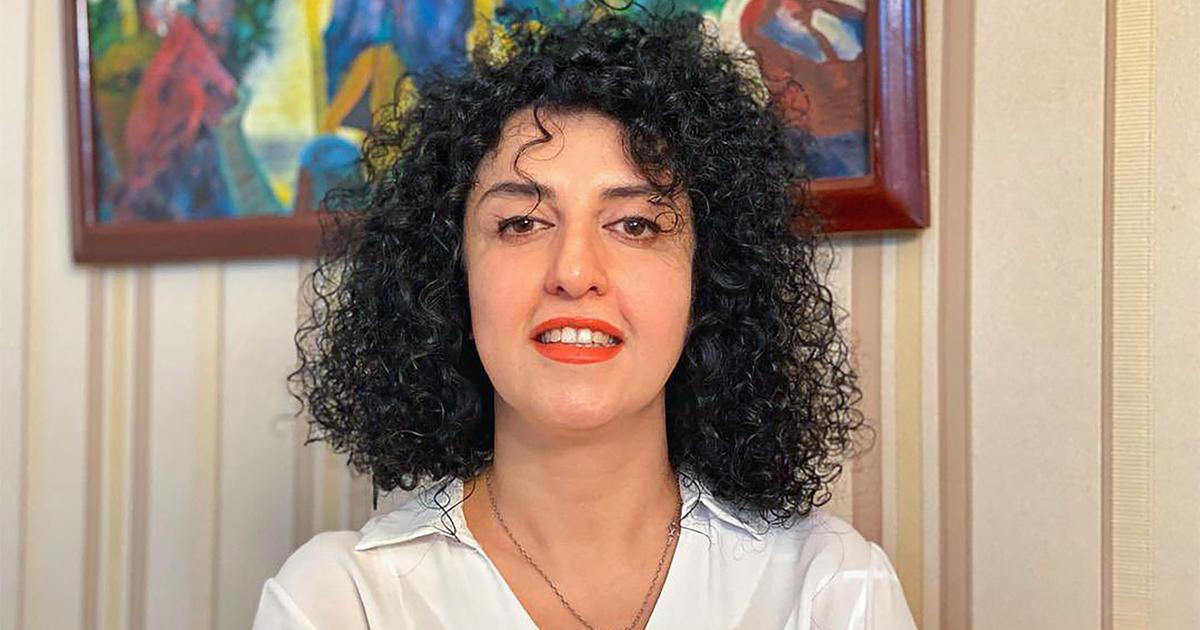
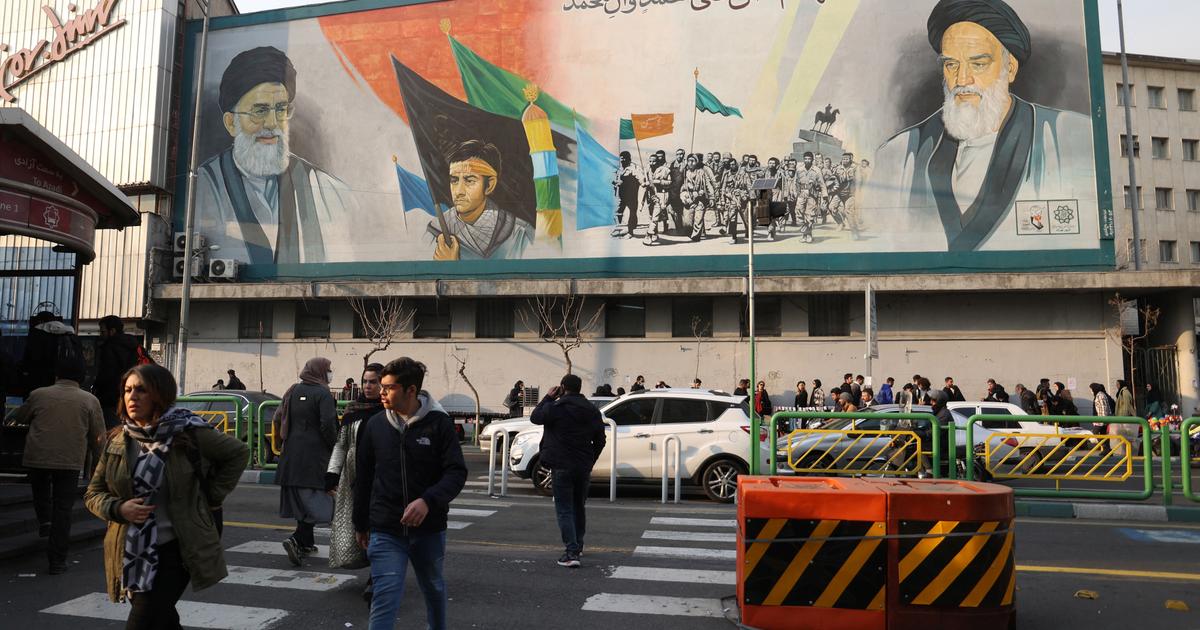

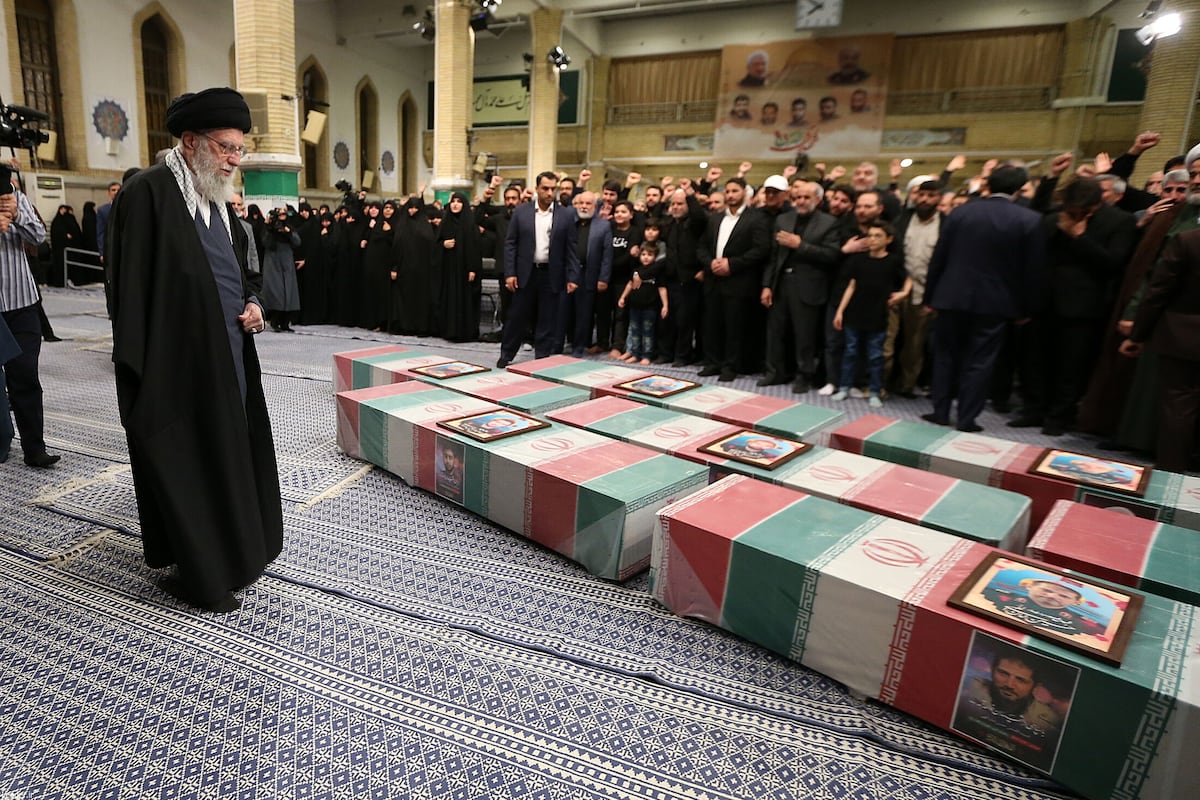


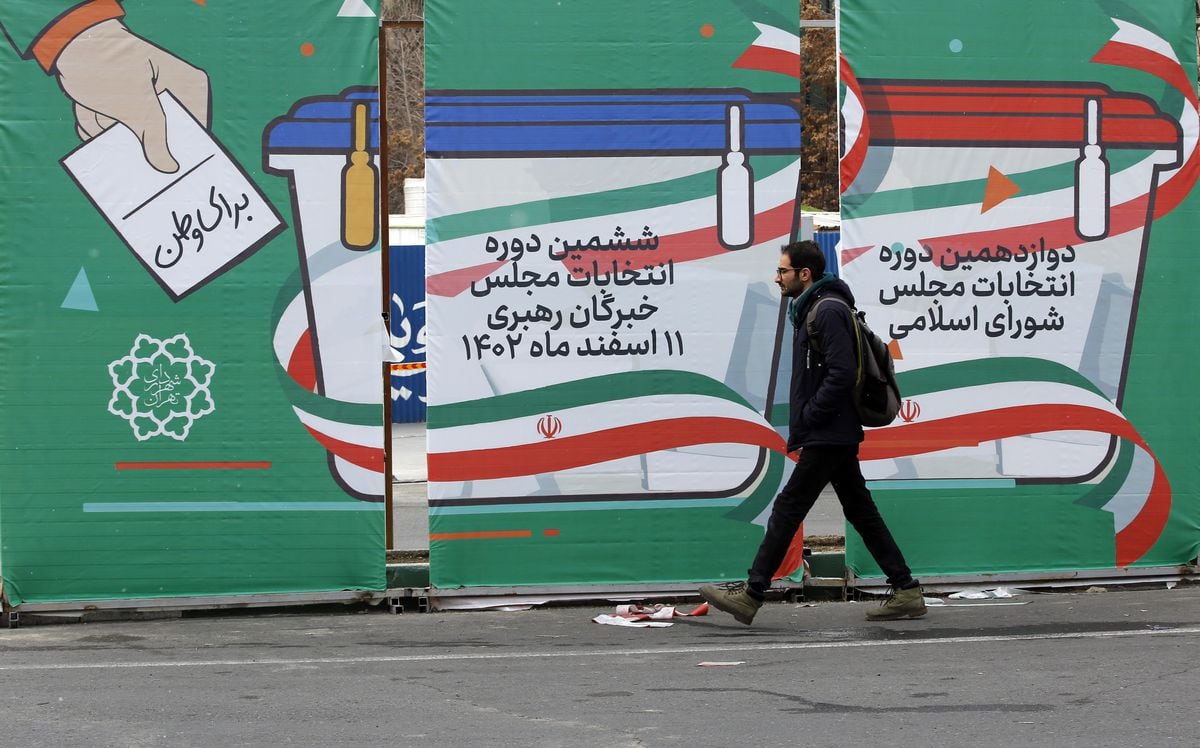
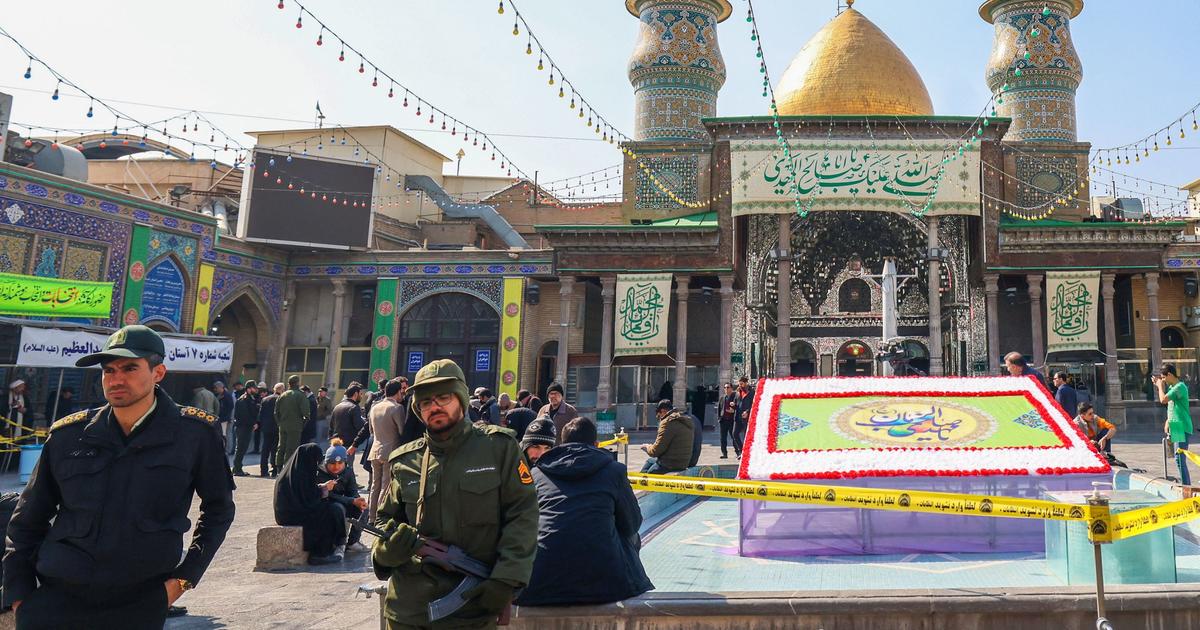



/cloudfront-eu-central-1.images.arcpublishing.com/prisa/KMEYMJKESBAZBE4MRBAM4TGHIQ.jpg)

